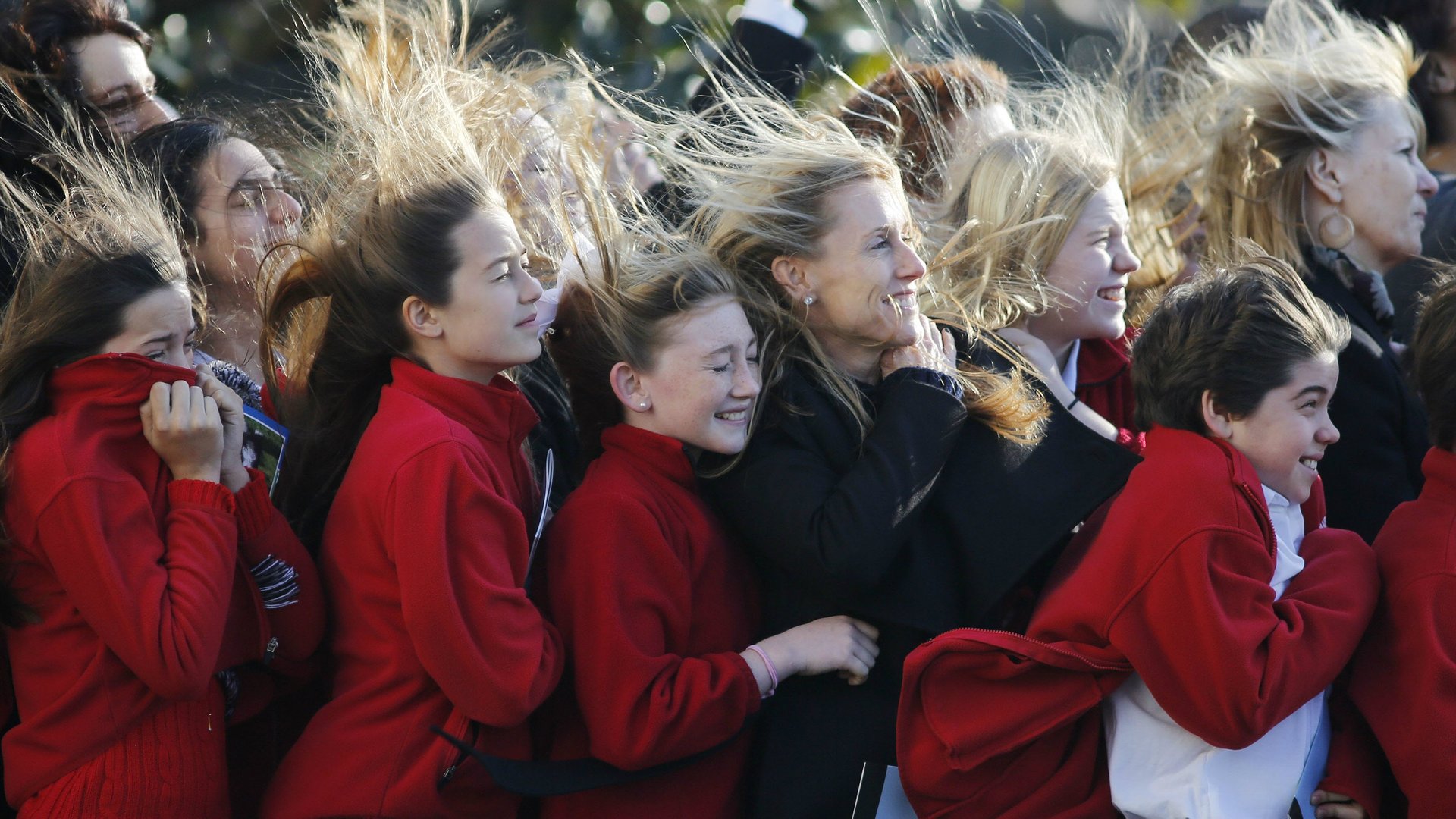As if being 12-years-old wasn’t hard enough, a new study confirms many schools make it even harder
The transition from elementary school at about age 11, to middle school, is notoriously hard, and researchers have documented that a lot of kids take a hit academically from which they don’t recover for years.


The transition from elementary school at about age 11, to middle school, is notoriously hard, and researchers have documented that a lot of kids take a hit academically from which they don’t recover for years.
It’s difficult to pinpoint what drives the drop in performance. Adolescence is in full swing, social anxiety and bullying spike, and social media appears to more often than not, amplify the period’s unpleasantness. One untested theory suggested that there is a top dog/bottom dog (TDBD) phenomenon at work. Those at the top of the age/grade hierarchy have better experiences than those at the bottom. In other words, the transition from top dog in elementary school to bottom dog in middle school is so bad that a kid’s performance suffers.
It’s a hard theory to test, considering all the variables involved. A kid’s grades may tank because he had a bad teacher, or faced personal trauma, or decided Xbox was a lot more interesting.
A group of researchers, including Amy Ellen Schwartz at Syracuse University, have found a way to pick apart the top dog theory, looking at 90,000 kids in 500 New York City public schools. The kids were divided into two big groups: those in K-8 schools, where kids remain the top dog all the way through the dicey adolescent years, and those in a more traditional structure of middle school (sixth to eighth grades) moving to high school. Using a treasure trove of data from student surveys, they were able to follow them for three years to find out who fared better.
They found being in a K-8 school, where kids were top dogs for longer created a better learning environment, marked by less bullying, and better academic results. They write:
“Top dogs are less likely to report bullying, fights, and gang activity and more likely to report feeling safe and welcome in school than bottom dogs due to their top dog status. In contrast, bottom dogs report higher rates of bullying, fighting, and gang activity and lower rates of safety and belonging than top and middle dogs.”
In an era when school reform debates are mired in everything from teacher quality and training to accountability and funding, this solution seems oddly easy: If K-8 schools help kids feel like top dogs for longer, enabling them to stay put for a few years, it might offer a philosophically simple, if logistically challenging solution.
Many will no doubt dismiss the top-dog theory as a reason to reorganize schools as new-age coddling. Surviving a move to middle school is a right of passage, an act of collective right of suffering without which, who could possibly comprehend the true meaning of angst? Study author Michah W. Rothbart at Syracuse University told NPR Ed:”Someone has to be the bottom at some point. That is the nature of the system.”
But the actual consequences of moving from elementary to middle school are pretty dire. According to Guido Schwerdt, from the University of Konstanz and Martin R. from the Harvard Graduate School of Education, students moving from elementary to middle school suffer a sharp drop in student achievement in the year they move, which persists through tenth grade (transitions to high school in ninth grade cause a smaller one-time drop in achievement, but the effect does not persist).
Taking that into account, Rothbart suggested to NPR that the solution might be letting those poor middle schoolers, in all their awkward wonder, stay top dogs while pushing the pressure onto the ninth graders.
They, no doubt, have all the confidence in the world.